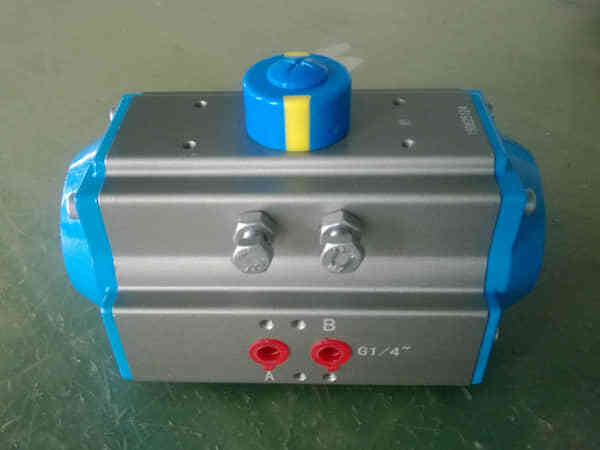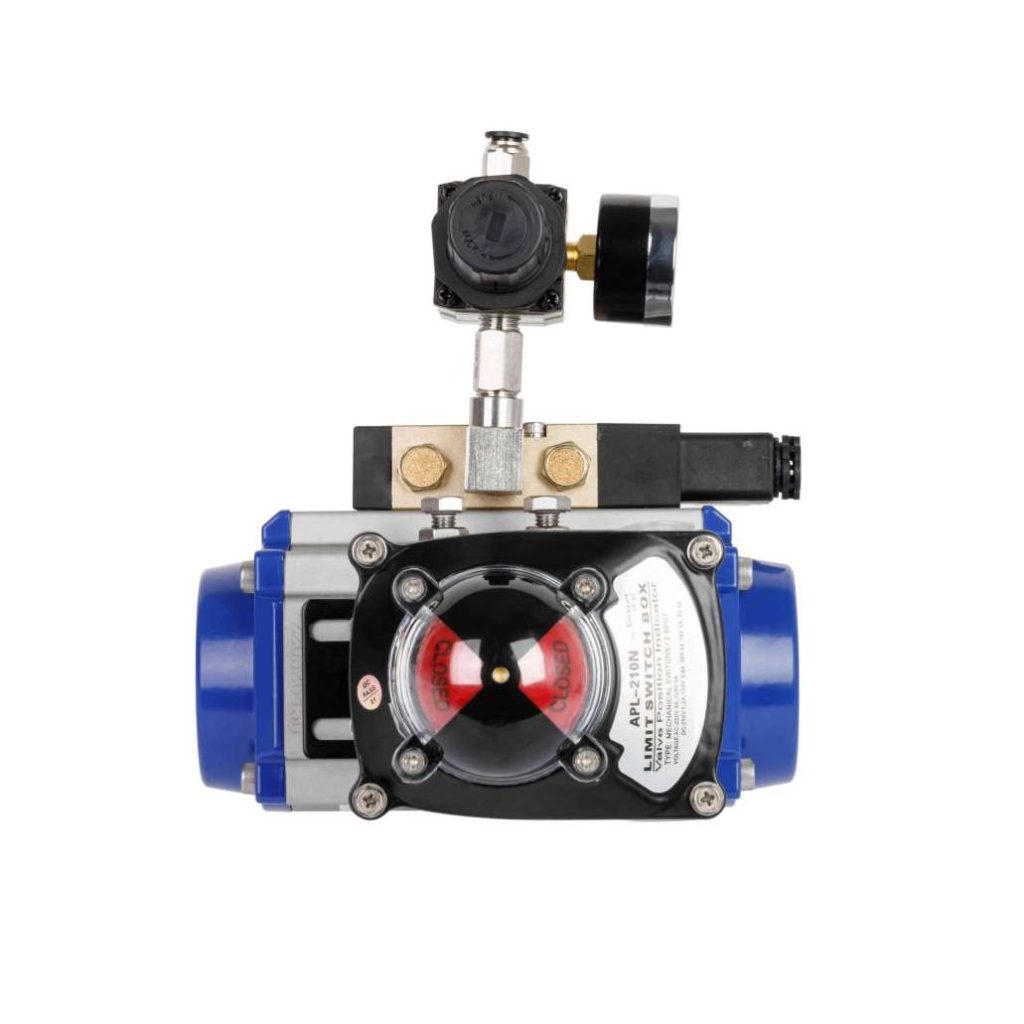A pneumatic actuator is a crucial component in numerous industrial applications, converting compressed air into mechanical motion. From automotive assembly lines to robotics, pneumatic actuators play a key role in powering systems that require precise, fast, and reliable movements. In this article, we will explore the working principles, types, advantages, and common uses of pneumatic actuators.

Principles of Operation

A pneumatic actuator works based on the principle of converting air pressure into mechanical force. Compressed air, stored in a pressurized system, is directed into the actuator’s chamber. This pressure causes a piston or diaphragm inside the actuator to move, generating linear or rotary motion. The actuator’s movement can be controlled by regulating the air pressure, which in turn affects the speed and direction of the actuator’s movement. There are two main types of pneumatic actuators: linear actuators and rotary actuators. Linear actuators create straight-line motion, while rotary actuators generate circular motion. Both types serve different purposes depending on the specific mechanical requirement of the application.
